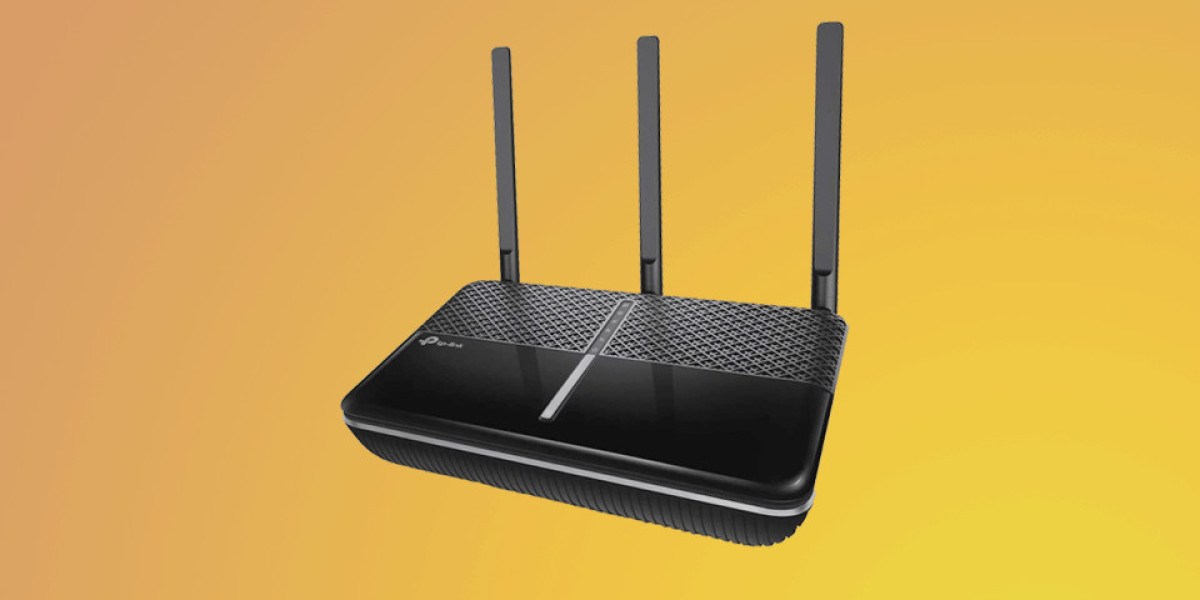The Wi-Fi 6E Router Market Price is an essential factor influencing consumer and enterprise adoption as high-speed, low-latency connectivity becomes increasingly critical. Wi-Fi 6E Router Market Size was valued at 4,700 USD Million in 2024. The Wi-Fi 6E Router Market is projected to grow from 5.47 USD Billion in 2025 to 25 USD Billion by 2035, reflecting a strong CAGR of 16.4% during the forecast period. While Wi-Fi 6E routers offer advanced features, such as the 6GHz spectrum, broader channels, and reduced interference, pricing trends play a significant role in determining market penetration, particularly in emerging economies and cost-sensitive segments.
The evolution of Wi-Fi 6E router pricing reflects the balance between technological sophistication and accessibility. Initially, these routers were priced at a premium due to advanced chipsets, AI-based management systems, and enhanced multi-gigabit capabilities. However, as competition intensifies and manufacturing costs decrease, prices are gradually becoming more accessible for a wider range of consumers. Affordable Wi-Fi 6E models are enabling households and small businesses to adopt cutting-edge connectivity without compromising on performance.
Consumer awareness and demand are also shaping the Wi-Fi 6E Router Market price dynamics. Tech-savvy users are willing to invest in routers that provide superior speed, low latency, and high reliability for multiple devices. Features like mesh networking, advanced security protocols, and seamless integration with smart home systems justify higher price points. Meanwhile, enterprises prioritize long-term value, including network stability, scalability, and lower maintenance costs, which influence purchasing decisions even when initial costs are higher.
Technological innovations continue to influence price trends. Manufacturers like Netgear, ASUS, TP-Link, and Cisco are releasing routers with improved signal coverage, AI-driven optimization, and advanced traffic management. These enhancements increase the perceived value of the devices, allowing brands to maintain competitive pricing while catering to diverse consumer needs. In addition, economies of scale and improved component availability are gradually reducing production costs, making Wi-Fi 6E routers more attainable for mainstream markets.
Regional variations significantly impact the Wi-Fi 6E Router Market price landscape. North America remains a high-value market with a strong willingness to pay for premium devices, while Asia-Pacific presents opportunities for cost-effective solutions due to high population density and growing digital adoption. Europe maintains a balance, with mid-to-high-end routers dominating the market. Understanding these regional price dynamics is crucial for manufacturers and distributors seeking to optimize their pricing strategies and maximize market penetration.







